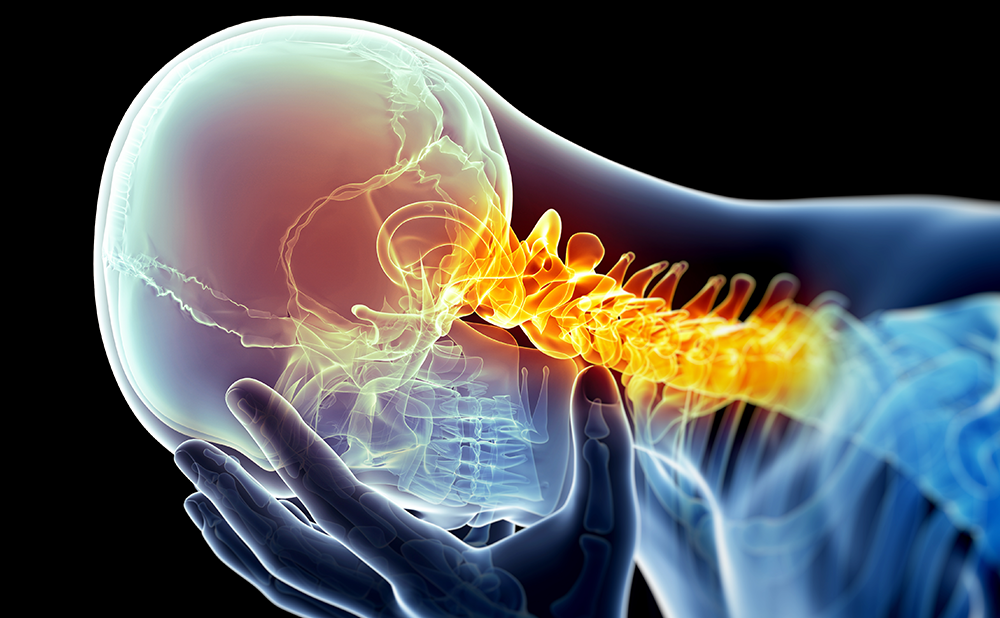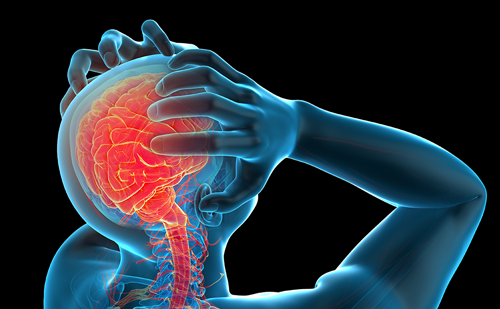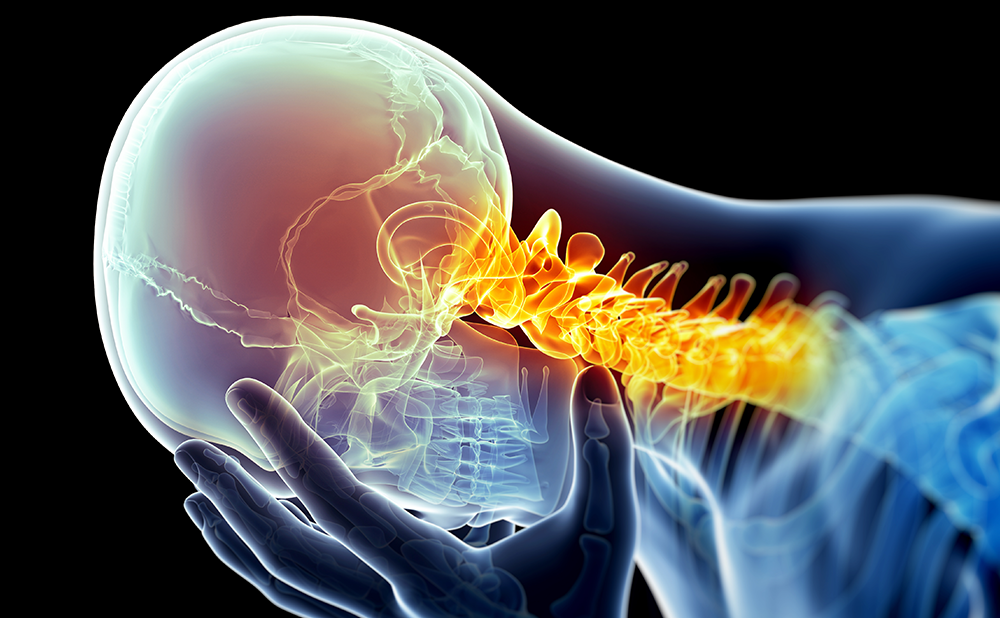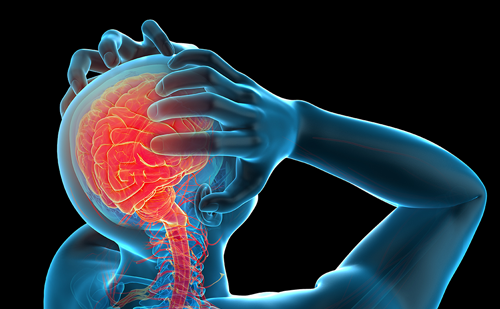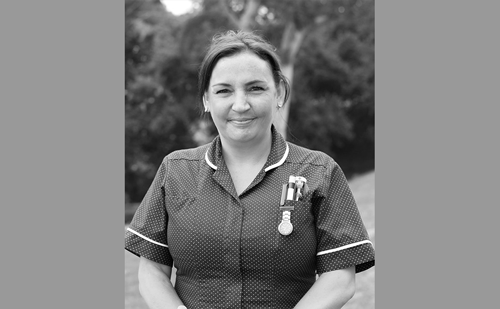Several studies have demonstrated the relationship between odours and primary headaches.1–31 Generally, we observed a severe intolerance to odours, pleasant or unpleasant, during headache attacks.2,4–8,10,11,13–30 However, a limited number of studies showed that odours may trigger headache attacks in some patients, particularly in migraineurs 1,3,6,7,9,24 and occasionally in cluster headache patients.12,18 This intolerance to odours is known as osmophobia, and according to two studies that investigated osmophobia in secondary headaches, it occurred during headache attacks only in the primary headaches.32,33 There is no description of osmophobia in secondary headaches yet. Some migraine patients may have osmophobia in the pain-free period.2
Many researchers have confirmed that osmophobia is a symptom associated with migraine.2,4–8,10,11,13–30 Despite such research, osmophobia is still not part of the diagnostic criteria for migraine.34 In recent years, these studies were carried out in several countries. It is important to study the relationship between odours and primary headaches because they may improve the diagnostic accuracy of these headaches.2,3
The objective of this study was to review the research on osmophobia in primary headaches and/ or odours as a trigger of headache attacks that have been carried out worldwide. To date, there are no review articles on osmophobia, and to the best of our knowledge, this is the first article that reviews the publications on osmophobia and headache worldwide.
Methods
In this review, we researched the relationship between headaches and osmophobia in 193 sovereign countries and 48 dependent territories in all continents. For the purpose of this study, North America and South America have been classed as one continent. In Africa, America, Asia, Europe and Australia, the number of sovereign countries and dependent territories were, respectively: 54 and 4; 35 and 20; 47 and 3; 43 and 10; and 14 and 11.
We consulted the PubMed database and used the following combination of descriptors: “osmophobia in [name of the country or territory]”; “odours and headache in [name of the country or territory]” and “smell and headache in [name of the country or territory]”. For the three descriptors we found, 52, 80 and 122 articles, respectively. Of the 254 articles found, we excluded those that appeared in more than one descriptor (60 articles) and those that did not have the purpose of researching the relationship between headache and odours (163 articles). After exclusions, 31 articles were considered relevant and composed this review. The origin of the article was defined by the nationality of the first author.
Results
Of the 31 articles, 90.3% (28/31) were cross-sectional studies, 6.5% (2/31) case reports and 3.2% (1/31) systematic review. All studies were performed on three continents: Europe (45.2%), America (32.2%) and Asia (22.6%). No research was developed in Africa or Australia (Table 1).
Research was conducted in many countries, but more than 50.0% (16/31) of the studies were conducted in Italy and Brazil. In relation to the researchers, we found that only five authors published 38.7% (12/31) of these studies (Table 2). The majority of studies investigated the presence of osmophobia. There were 13 comparative studies between migraine and other primary headaches or controls without headache,2,3,5,8,13,14,17–20,22,28,31 and 10 that evaluated only migraine patients.4,6,7,11,15,16,24,26,29,30 As for odour-triggered headache, there were six studies detected, two comparative studies between migraine and other primary headaches,1,3 two with migraine patients,7,24 and two case reports.9,12 However, there were six other studies where pathophysiological aspects of the association between odours and migraine were studied.6,10,21,23,25,27 Frequency of osmophobia during headache attacks in migraine patients ranged from 20.0–95.5%. When studies compared patients with migraine, tension-type headache, and cluster headache, osmophobia predominated in migraine patients. Odour-triggered headache was also more prevalent in migraine patients and ranged from 34.7–90.2% (Tables 2 and 3).
Discussion
While other studies on osmophobia or odour-triggered headache exist, for the purpose of this review we included only those that are indexed in PubMed. Since the 1980s, before the first classification of headache,35 odours were known to trigger migraine attacks and in the pain-free period, some patients remain symptomatic because they present an extreme intolerance to odours.36–38 While not having the purpose of researching the relationship between odours and headaches, many studies cited osmophobia as a manifestation associated with headache.39–41 We observed that Italy, Brazil and America conducted more research on odours and headaches. In addition, the five authors who have published most of these studies were born in these three countries.1–5,7,8,14,15,18–20 We do not have a scientific argument for this fact, but curiously these three countries were pioneers in the study of migraine.
In the 1940s, in America, Harold George Wolff (1898–1962) and John Ruskin Graham (1909–1980) found that ergotamine caused contraction of dilated blood vessels during migraine attacks.42–44 In the 1950s, the Brazilian neurologist Edgard Raffaelli Jr (1930–2006) began studies on headaches in Latin America. Currently, Brazilians are the second largest number of members of the International Headache Society, second only to the number of North Americans.45 In Italy, in the 1960s, Federigo Sicuteri (1920–2003) demonstrated the role of serotonin in the pathogenesis of migraine attack, therapeutic advances and pathophysiological knowledge.46
In this review, we found that relationship between odour and headaches, and osmophobia is common in both adult and paediatric patients with migraine; although, frequency data of osmophobia

and odour-triggered headache in migraine patients have been heterogeneous, ranging respectively from 20–86% and 34–70%. The methodology used in each study is probably responsible for these variations. Some authors have suggested that osmophobia is very specific in the diagnosis of migraine.22,40,41 It has low sensitivity, but high specificity in the differential diagnosis of migraine and tension-type headache, with higher values than the parameters for photophobia or phonophobia.8,13 In the International Classification of Headache Disorders, Second Edition (ICHD-2), osmophobia was cited in the appendix as a diagnostic criterion for migraine,47 but these data disappeared from the current classification (ICHD-3β)34 with no explanation. Despite evidences from the literature and constancy in the findings on osmophobia as a useful diagnostic marker, osmophobia is not included among the migraine diagnostic criteria in ICHD-3β (beta version).34
Migraine patients showed odour-triggered headache attacks even in low concentrations of the odour, and even with odours that are frequently well tolerated by the general population. Among the odours, perfume was the one that most commonly triggered headache, particularly those with floral scent.1,13,14,19,26 The trigger mechanism of the headache by odours is still unknown. However, a study by functional magnetic resonance imaging (fMRI) during headache attacks in migraine patients and normal subjects showed increased activity of the limbic system and brainstem in response to olfactory stimulation only in migraine patients. This finding shows the strong relationship between the smell and the trigeminal nociceptive pathway in the pathophysiology of migraine.21 There is another hypothesis that the olfactory stimulus excites the locus coeruleus in migraine patients and causes noradrenaline release. Consequently, substance P and calcitonin gene-related peptide (CGRP) are released. These two potent and inflammatory vasodilator substances trigger the painful phenomenon.1,2 Recent studies have shown that inhalation of certain odours may cause severe headache attacks through stimulation of transient receptor potential ankyrin 1 (TRPA1), a nonselective cation channel expressed in sensory neurons, and activation of the trigeminovascular system. Consequently, there are nociceptive responses and calcium-dependent release of CGRP from trigeminal nerve terminals in the dura mater. Furthermore, TRPA1 activation may activate dural nociceptors and lead to central sensitization and cutaneous allodynia.48,49
Despite the fact that there have been many previous studies, there is presently no clinical marker for the diagnosis of migraine. Odour as trigger of headache could be a marker and a specific test to be used in patients with headache. In our recent research, we have used a perfume as a test to trigger headache. This test was positive only in migraine patients.3



Conclusions
Studies on osmophobia and/or odour-triggered headache were carried out in several countries. They were useful in differentiating between migraine and tension-type headache. This could improve the accuracy of diagnosis of migraine compared to the current criteria.


